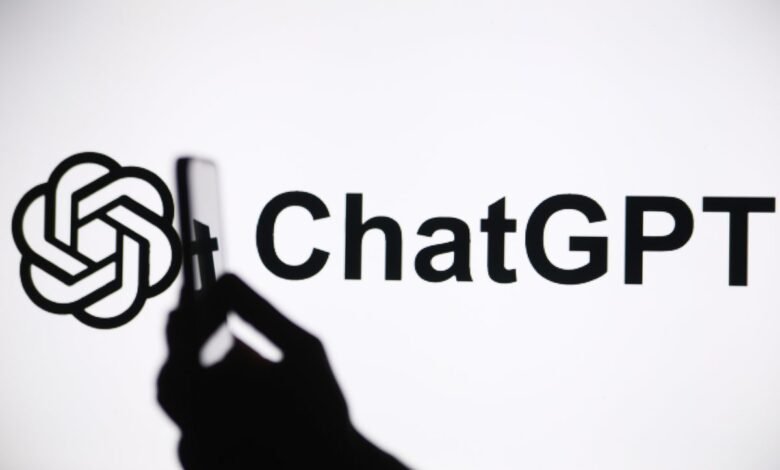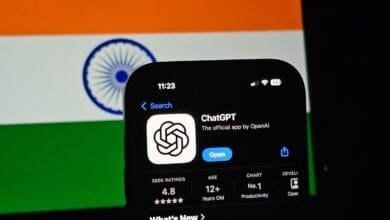What Is ChatGPT Go? Your Quick Guide

▼ Summary
– OpenAI has expanded its lower-cost ChatGPT Go subscription to Indonesia, offering significantly higher usage limits than the free plan for approximately $4.50 per month.
– The ChatGPT Go plan is designed to provide affordable access in countries where the standard $20 monthly fee would be a barrier to entry, and it is currently only available in India and Indonesia.
– Subscribers to ChatGPT Go receive benefits like more access to GPT-5, increased image generation and file uploads, advanced data analysis tools, longer memory, and the ability to create custom GPTs, but no API access.
– There is no indication that OpenAI plans to make the ChatGPT Go subscription tier available to users in the United States.
– OpenAI’s CEO has indicated that new, compute-intensive features may come with additional fees, suggesting potential future price increases for some services as the company addresses the high costs of AI development.
For many casual users, the full $20 monthly subscription for ChatGPT feels like a steep price, especially when the free version’s limitations become frustrating. OpenAI has introduced a more affordable alternative called ChatGPT Go, though it is not currently available to customers in the United States. This new tier is specifically designed to broaden access in markets where the standard premium cost would be prohibitive.
The availability of ChatGPT Go is expanding. OpenAI’s vice president, Nick Turley, recently confirmed the service is now launching in Indonesia. Subscribers in that country will receive significant upgrades over the free plan, including a tenfold increase in message limits, image generations, and file uploads, along with double the memory capacity. The monthly cost for these enhanced features is approximately $4.50.
This budget-friendly plan was first announced during the summer and initially rolled out in India during mid-August. Its pricing strategy clearly positions it as a bridge between the free service and the more expensive ChatGPT Plus subscription, which remains the entry-level paid plan in the U.S. The creation of ChatGPT Go signals OpenAI’s strategic intent to capture and retain users in developing economies without sacrificing the core value proposition of its paid offerings.
So, what exactly does a ChatGPT Go subscription include? It encompasses all the features available to free users, plus several key advantages. Subscribers gain greater access to advanced models like GPT-5, substantially more capacity for generating images, and increased allowances for uploading files for analysis. The plan also unlocks powerful tools such as advanced data analysis with Python, provides longer memory for conversations, and allows users to create and customize their own GPTs. It is important to note that API access is not part of this package.
For American users hoping for a cheaper option, the news is disappointing. There are no signs that OpenAI plans to bring ChatGPT Go to the United States. While a $5 plan would be welcomed by many, the company seems to be focusing this tier exclusively on international growth. Students in the U.S. and Canada, however, may qualify for a discounted ChatGPT Plus membership through a dedicated program on OpenAI’s website.
Looking at the broader pricing landscape, increases for existing tiers appear possible. OpenAI’s CEO, Sam Altman, recently discussed new “compute-intensive offerings” that will carry significant operational costs. He indicated that certain advanced features might be reserved initially for Pro subscribers, who pay a substantial $200 per month. Altman also suggested that some future products could incur additional fees on top of standard subscription prices. This move towards higher pricing is seen by industry observers as a necessary step for AI companies, many of which are currently operating at a loss. The introduction of ChatGPT Go demonstrates a careful balancing act: pursuing profitability in established markets while using competitively priced plans to secure a strong foothold in emerging ones.
(Source: Mashable)
